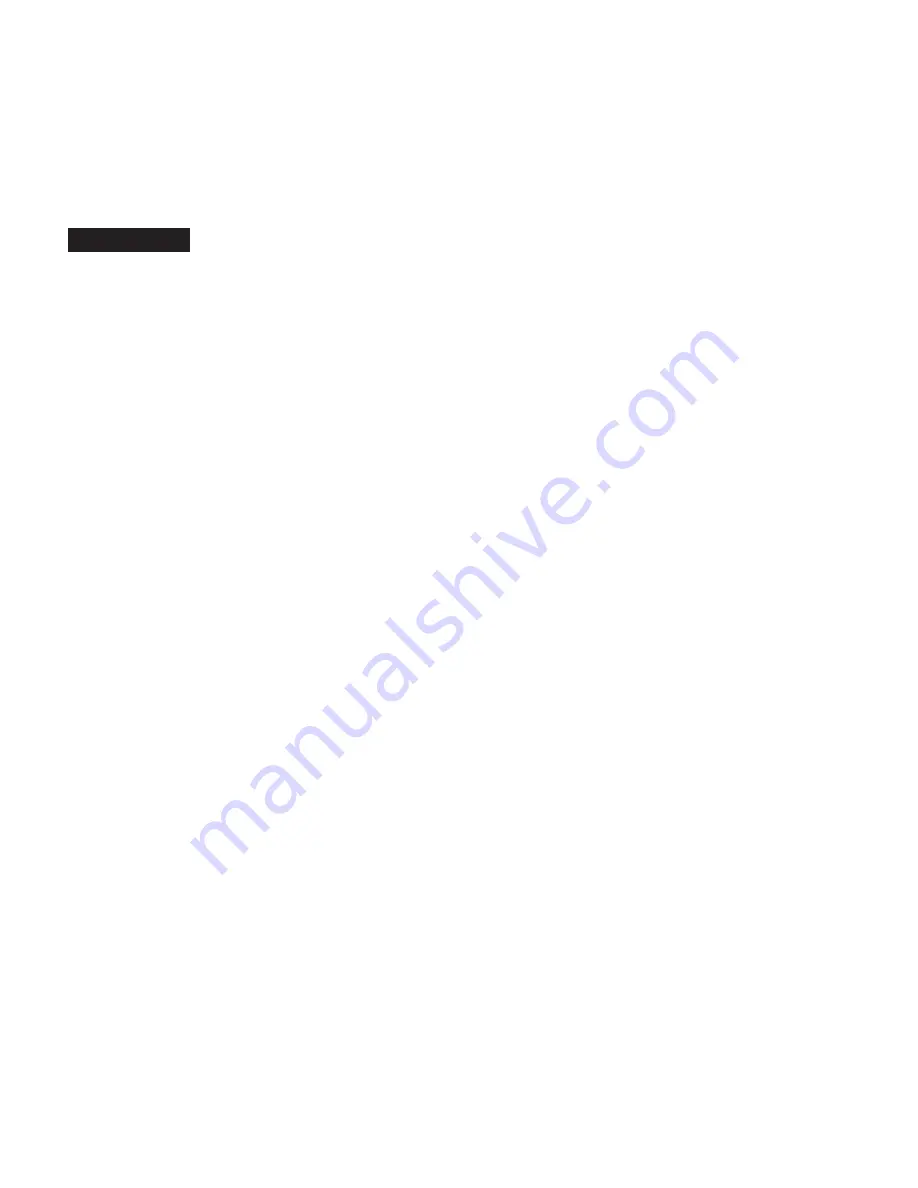
14
E. LIFTING DEVICE HAZARD
Do not lift pump with unsuitable lifting devices. Use of unsuitable lifting devices may cause pump to fall resulting in personal injury, damage
to pump and/or pump with drive/base plate.
1. Lifting eyes installed on the pump must be used only to lift the pump.
2. Special lifting eyes should be installed on the base for lifting the pumping system (i.e. base, drive and accessories)
3. If slings or chains are used for lifting, they must be safely and securely attached to properly balance the weight of the unit.
4. Inspect slings and chains prior to use and replace worn and damaged slings and chains.
A. OIL HAZARD
Use only genuine Cat Pumps custom-blend, premium grade, petroleum-based hydraulic oil. Use of other oil may not provide proper
lubrication of drive-end components and may result in damage to the crankcase of the pump.
1. Cat Pumps custom-blend oil is available worldwide in 21 oz. bottles, cases, or 5 gallon twin packs. Use of other oils may void the warranty.
2. Fill pump crankcase to specific capacity indicated on data sheet or service manual prior to startup.
B. ROTATION OF PUMP HAZARD
Do not rotate pump crankshaft in reverse direction. Rotation of pump crankshaft in reverse direction may not provide proper lubrication
and may result in damage to the drive-end components.
1. Forward rotation is the top of the crankshaft turning towards the manifold head of the pump.
2. Ensure oil is filled to the center red dot on sight gauge for forward rotation.
3. Ensure oil is filled to slightly above center red dot on sight gauge for reverse rotation.
C. BELT TENSION HAZARD
Do not operate pump with excessive belt tension. Excessive belt tension may damage the pumps bearings or reduce horsepower.
1. Rotate pump crankshaft before starting to ensure shaft and bearings are moving freely.
2. Ensure pulleys are properly sized.
3. Periodically replace belts to assure full horsepower transmission.
4. Ensure center distance dimensions between pulleys is correct.
D. BY-PASS OPERATION HAZARD
Do not operate the pump in by-pass for extended lengths of time. Operating the pump under this condition can quickly cause
heat build-up resulting in damage to the pump.
1. Route by-pass line to supply reservoir to dissipate heated by-pass liquid into a large reservoir of cool water to reduce excessive
temperature build-up.
2. Route by-pass line to inlet of pump using a thermo valve in the by-pass line or auto shut-off assembly that will sense temperature rise
and either by-pass or shut down system before damage occurs.
E. DRY OPERATION HAZARD
Do not operate the pump without water or liquid. Operating pump under these conditions could result in damage to the pump.
1. Open all valves on inlet side of pump before starting operation to prevent starving the pump.
2. Do not exceed inlet suction pressure limit specified in pump data sheet.
3. Ensure inlet feed exceeds the maximum flow being delivered by the pump.
4. Ensure all fittings, pipes and hoses are properly sized for the pump to avoid restricted flow.
5. Review and implement all other recommendations appropriate for your system from the Inlet Condition Check-List.
NOTICE
Summary of Contents for 67102
Page 15: ...15 ...


































